First of all, welcome to the world of Zen-of-Zero, where latency matters most
PROLOGUE :
ZeroMQ was designed by a Pieter HINTJENS' team of ultimately experienced masters - Martin SUSTRIK to be named first. The design was professionally crafted so as to avoid any unnecessary latency. So asking about having a (limited) persistence? No, sir, not confirmed - PUB/SUB Scalable Formal Communication Pattern Archetype will not have it built-in, right because of the added problems and decreased performance and scalability ( add-on latency, add-on processing, add-on memory-management ).
If one needs a (limited) persistence (for absent remote-SUB-side agent(s)' connections ), feel free to implement it on the app-side, or one may design and implement a new ZMTP-compliant such behaviour-pattern Archetype, extending the ZeroMQ framework, if such work goes into stable and publicly accepted state, but do not request the high-performance, latency-shaved standard PUB/SUB having polished the almost linear scalability ad astra, to get modified in this direction. It is definitely not a way to go.
Solution ?
App-side may easily implement your added logic, using dual-pointer circular buffers, working in a sort-of (app-side-managed)-Persistence-PROXY, yet in-front-of the PUB-sender.
Your design may get successful in squeezing some additional sauce from the ZeroMQ internal details in case your design also enjoys to use the recently made available built-in ZeroMQ-socket_monitor-component to setup an additional control-layer and receive there a stream of events as seen from "inside" the PUB-side Context-instance, where some additional network and connection-management related events may bring more light into your (app-side-managed)-Persistence-PROXY
Yet, be warned that
The _zmq_socket_monitor()_ method supports only connection-oriented
transports, that is, TCP, IPC, and TIPC.
so one may straight forget about this in case any of the ultimately interesting transport-classes was planned to be used { inproc:// | norm:// | pgm:// | epgm:// | vmci:// }
Heads up !
There are inaccurate, if not wrong, pieces of information from our Community honorable member smac89, who tried his best to address your additional interest expressed in the comment:
"...zmq optimizes publishing on topics? like if you keep publishing on some 100char long topic rapidly, is it actually sending the topic every time or it maps to some int and sends the int subsequently...?"
telling you:
"It will always publish the topic. When I use the pub-sub pattern, I usually publish the topic first and then the actual message, so in the subscriber I just read the first frame and ignore it and then read the actual message"
ZeroMQ does not work this way. There is nothing as a "separate" <topic> followed by a <message-body>, but rather the opposite
The TOPIC and the mechanisation of topic-filtering works in a very different way.
1) you never know, who .connect()-s:
i.e. one can be almost sure the version 2.x till version 4.2+ will handle the topic-filtering in different manner ( ZMTP:RFC defines intial capability-version handshaking, to let the Context-instance decide, which version of topic-filtering will have to be used:
ver 2.x used to move all messages to all peers, and let all the SUB-sides ( of ver 2.x+ ) be delivered the message ( and let the SUB-side Context-instance process the local topic-list filter processing )
whereas
ver 4.2+ are sure to perform the topic-list filter processing on **the PUB-side Context-instance (CPU-usage grows, network-transport the opposite ), so your SUB-side will never be delivered a byte of "useless" read "not-subscribed" to messages.
2) (you may, but) there is no need to separate a "topic" into a first-frame of a thus-implied multi-frame message. Perhaps just the opposite ( it is a rather anti-pattern to do this in high performance, low-latecy distributed system design.
Topic filtering process is defined and works byte-wise, from left-to-right, pattern matching for each of the topic-list member value agains the delivered message payload.
Adding extra data, extra frame-management processing just and only does increase the end-to-end latency and processing overhead. Never a good idea to do this instead of proper distributed-system design work.
EPILOGUE :
There are no easy wins nor any low-hanging fruit in professional distributed-systems design, the less if low-latency or ultra-low-latency are the design targets.
On the other hand, be sure that ZeroMQ framework was made with this in mind and these efforts were crowned with stable, ultimately performant well-balanced set of tools for smart (by design), fast (in operation) and scalable (as hell may envy) signaling/messaging services people love to use right because of this design wisdom.
Wish you live happy with ZeroMQ as it is and feel free to add any additional set of features "in front" of the ZeroMQ layer, inside your application suite of choice.
